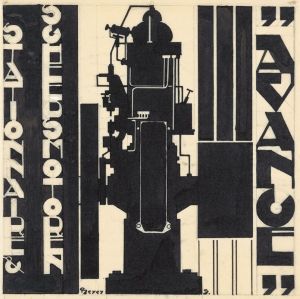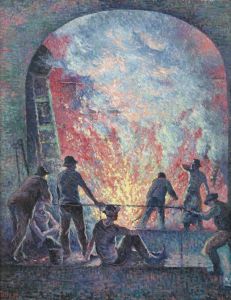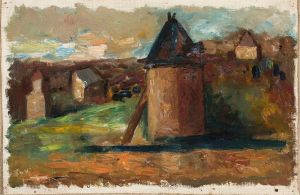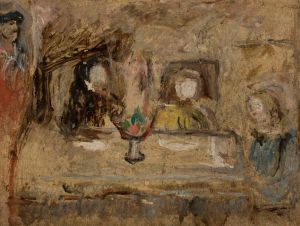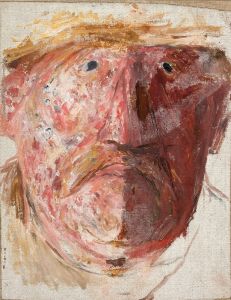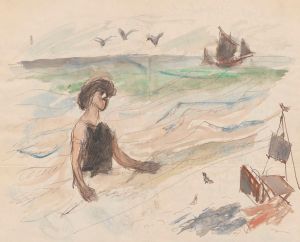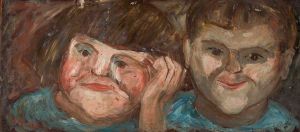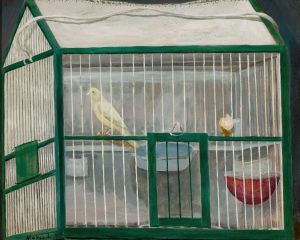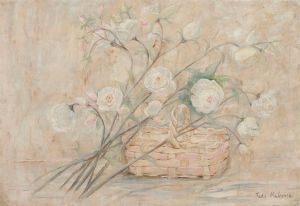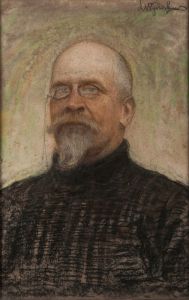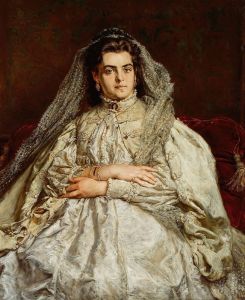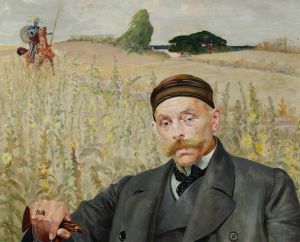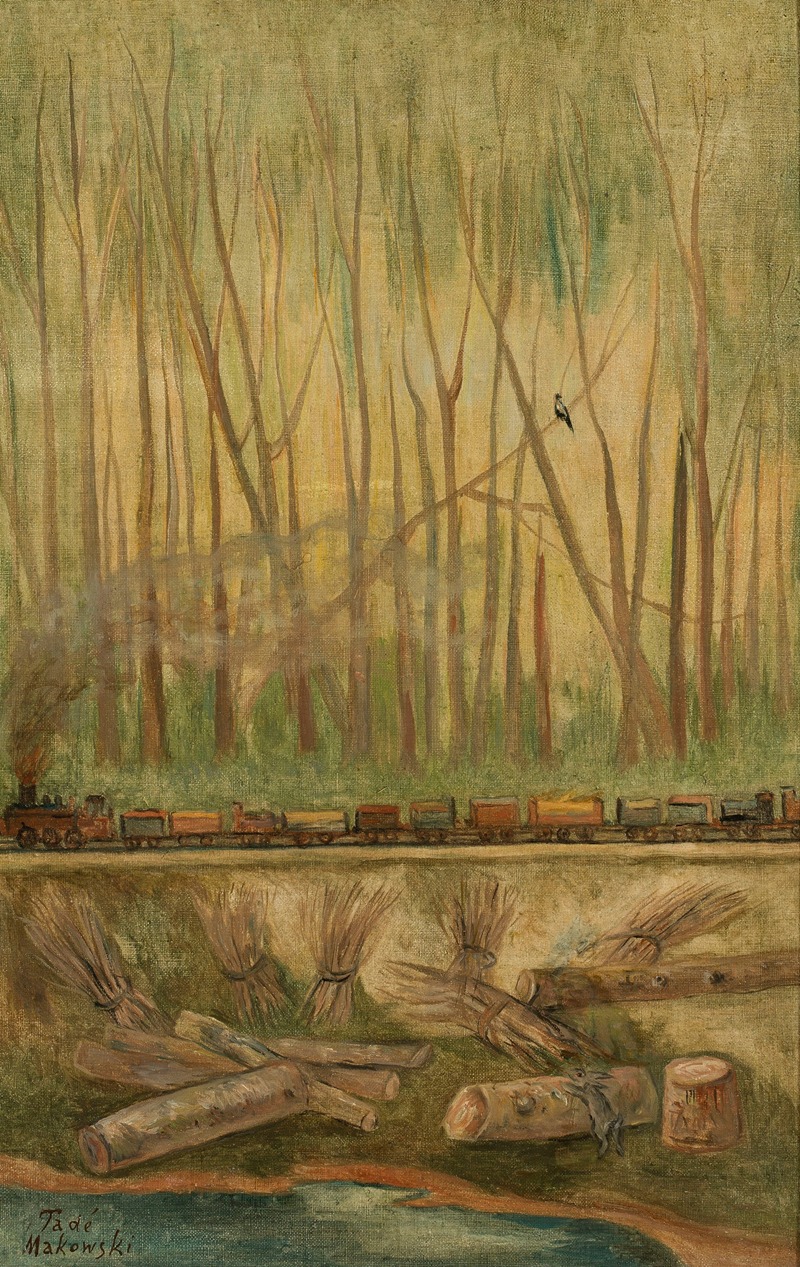
Pociąg
A hand-painted replica of Tadeusz Makowski’s masterpiece Pociąg, meticulously crafted by professional artists to capture the true essence of the original. Each piece is created with museum-quality canvas and rare mineral pigments, carefully painted by experienced artists with delicate brushstrokes and rich, layered colors to perfectly recreate the texture of the original artwork. Unlike machine-printed reproductions, this hand-painted version brings the painting to life, infused with the artist’s emotions and skill in every stroke. Whether for personal collection or home decoration, it instantly elevates the artistic atmosphere of any space.
Tadeusz Makowski was a notable Polish painter, known for his unique style that combined elements of folk art and modernism. Born in 1882 in Oświęcim, Poland, Makowski initially studied classical philology before turning to art. He attended the Academy of Fine Arts in Kraków, where he was influenced by the Young Poland movement, which sought to bring modernist ideas to Polish art and literature.
Makowski moved to Paris in 1908, where he became part of the vibrant artistic community. In Paris, he was exposed to various avant-garde movements, including Cubism, which had a significant impact on his work. However, unlike many of his contemporaries, Makowski did not fully embrace Cubism; instead, he developed a distinctive style that often featured simplified forms and a whimsical, childlike quality.
One of Makowski's notable works is "Pociąg" (The Train), which exemplifies his unique approach to painting. While specific details about the creation and history of "Pociąg" are limited, it is known that Makowski often drew inspiration from everyday life and the innocence of childhood. His works frequently depicted scenes with children, toys, and simple, geometric forms, rendered in a manner that evokes both naivety and sophistication.
"Pociąg" reflects Makowski's fascination with the world as seen through the eyes of a child. The painting likely features a train, a subject that resonates with themes of travel, adventure, and the passage of time. Makowski's use of color and form in such works often conveys a sense of nostalgia and simplicity, inviting viewers to engage with the artwork on an emotional level.
Makowski's paintings are characterized by their vibrant colors, bold outlines, and a sense of playfulness. He often employed a limited color palette, using it to create harmony and balance within his compositions. His figures are typically stylized, with exaggerated features and proportions that emphasize their innocence and charm.
Throughout his career, Makowski remained somewhat apart from mainstream art movements, maintaining a personal and introspective approach to his work. His paintings, including "Pociąg," are celebrated for their ability to capture the essence of childhood and the simple joys of life. Makowski's art continues to be appreciated for its originality and emotional depth, offering a glimpse into the artist's unique perspective on the world.
Tadeusz Makowski passed away in 1932, leaving behind a legacy of work that continues to inspire and captivate audiences. His paintings are held in various collections, both in Poland and internationally, where they are admired for their distinctive style and the warmth they convey. While specific information about "Pociąg" may be limited, it remains an important part of Makowski's oeuvre, reflecting his enduring fascination with the themes of innocence and imagination.






